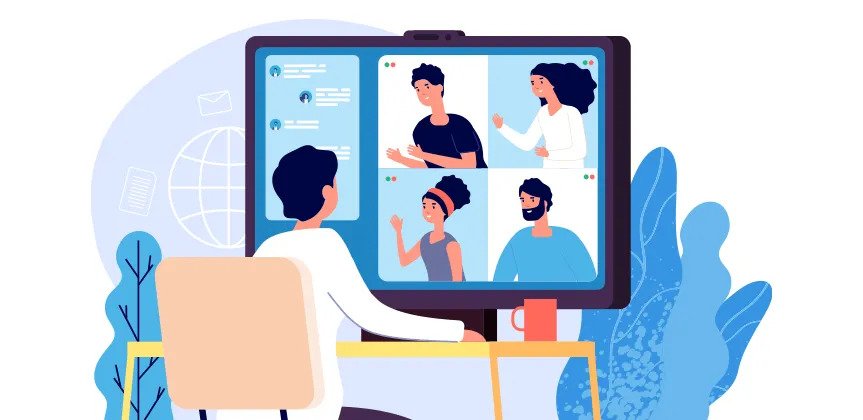“…before we close did everyone get what they needed from this meeting?”, I thought I’d ask at the end of a team meeting. It comprised three different teams that come together every week to share information, and seek each other’s help, wherever that’s needed. The format is quite simple and goes a little like this: everyone shares what they’re working on and where they foresee to be needing each other’s help. These are three different teams that don’t get the chance to work closely every day and share things, so we decided to put this recurring catch-up in place to do exactly that. With time, this could very well end up being a “status reporting meeting”, in which case, it would be my job to challenge whether it’s still providing value to its attendees, given that this isn’t the reason we put it in place.
But this is how it all started.
Some time ago, one of my teams realized that they share a common OKR (Objective and Key Results) with another team and that one way or another, they would need to work together to achieve it. How did they “realize” that this was the case? They had created their quarterly OKR separately but ended up serving the same purpose, having the same stakeholders and taking the same actions. So the suggestion was to give the two teams the space to exchange information about their work, assess the progress of this shared OKR, and see how to best help each other. It needn’t be a full audience, but it was agreed that the people who do work together are present.
A few weeks down the road, a third team caught wind that this meeting was occurring and that the other two teams have begun collaborating closely towards their common goal, and with a little nudge and a lot of openness from our side, they found a place as participants of this re-occurring catch-up, which in the end includes stakeholders from all the three teams. Offline, I made sure that all the props we used (Jira boards, Confluence pages etc) are understood by our new participants so that they’re able to follow the discussion. (This is very important and often overlooked. Don’t assume that everyone is aware of the context and the tools you are using! You will have to put some time aside to explain to them how you work.)
Now, what makes that meeting so special? The answer is, simplicity. Its purpose is collaboration, or in other words “how do we push this thing out the door?”. It isn’t a status reporting meeting or an “information sniffing” meeting. We have allocated 1 hour for discussions whenever these are needed, but sometimes we end it in half that time.
For my part, I am happy those teams have the space they didn’t have before that’s adding value to their work, eases their lives, it’s meaningful, and it’s not boring. And that’s why I thought I’d ask “did everyone get what they needed from this meeting?”. It might sound trivial but I don’t think it’s being asked enough. And if we don’t ask this kind of question, how are we ever going to improve the way we work? This is how this whole 3-team catch-up started in the first place because “we needed something else”. Going forward, we need to keep an eye on “what else do we need?”.
I’ll keep asking this question every now and then, and if when the answer changes, it’ll mean that it’s time that we also need to change, so that we improve our work and better help each other.

